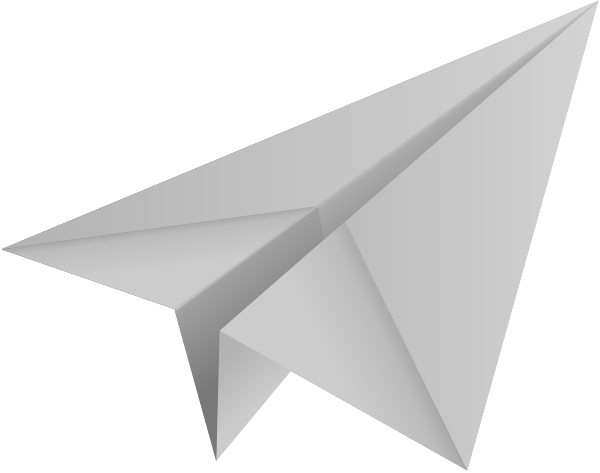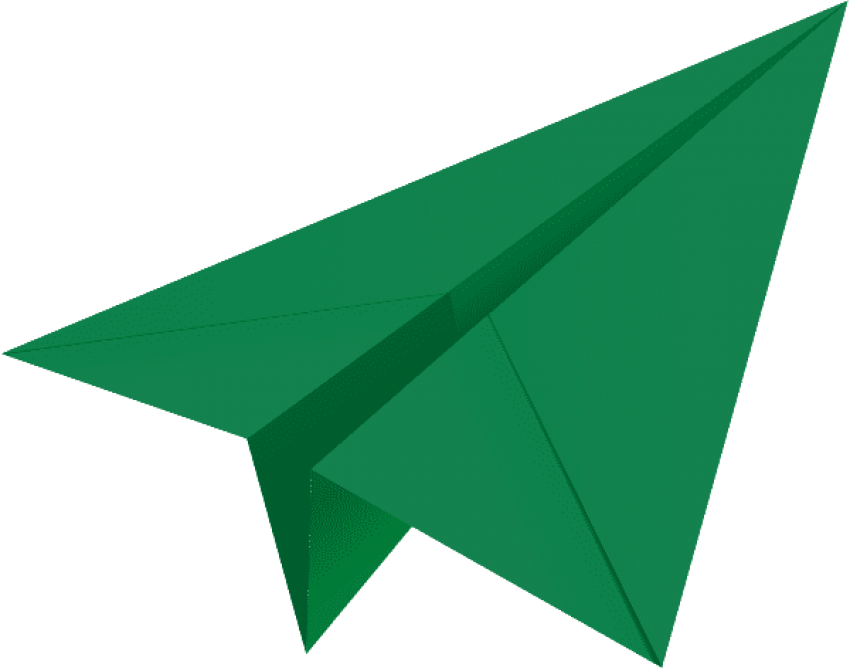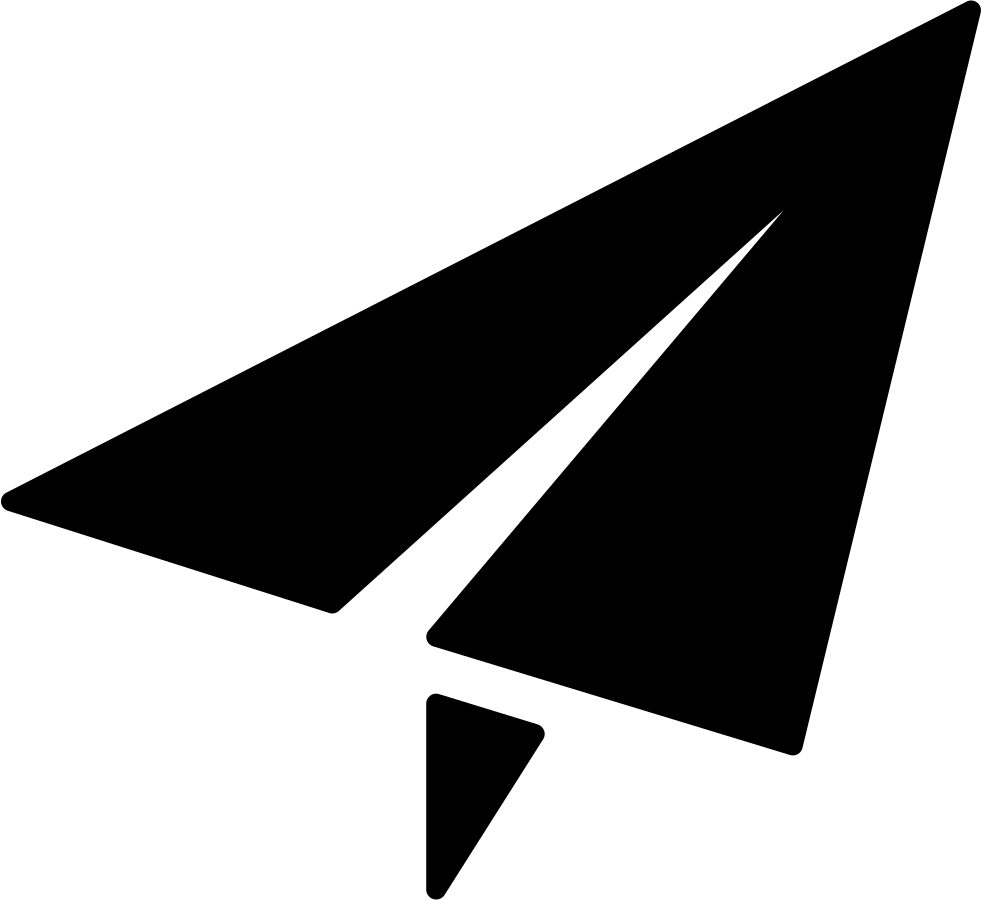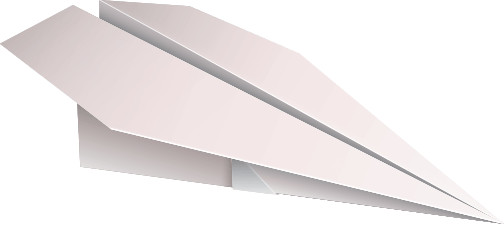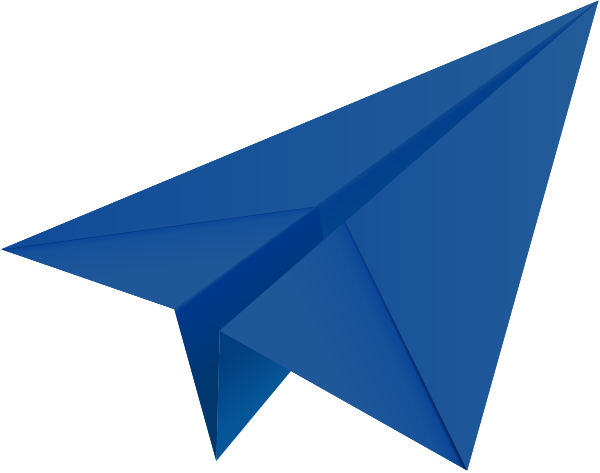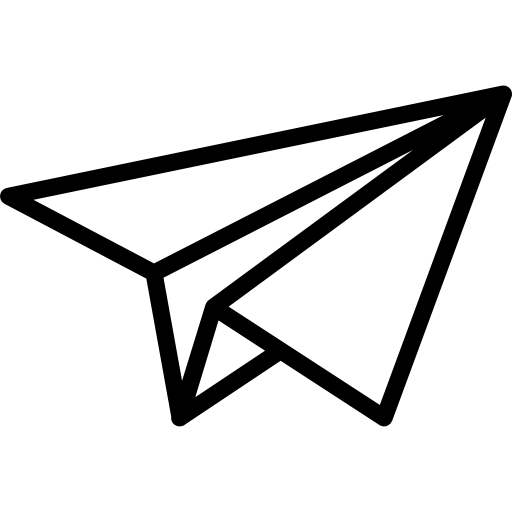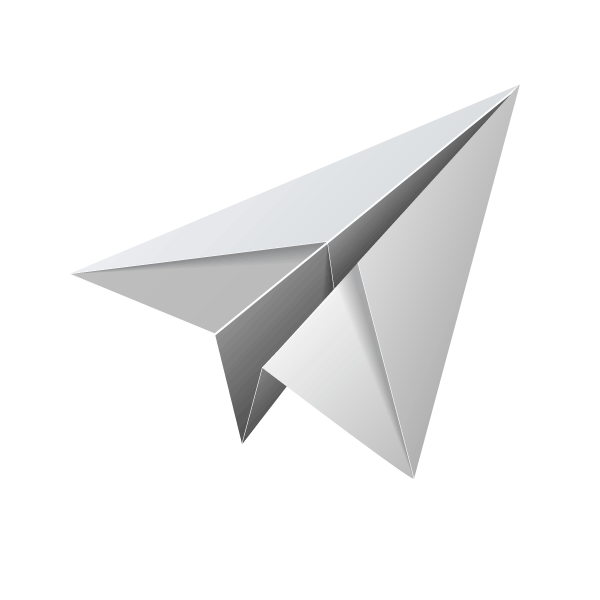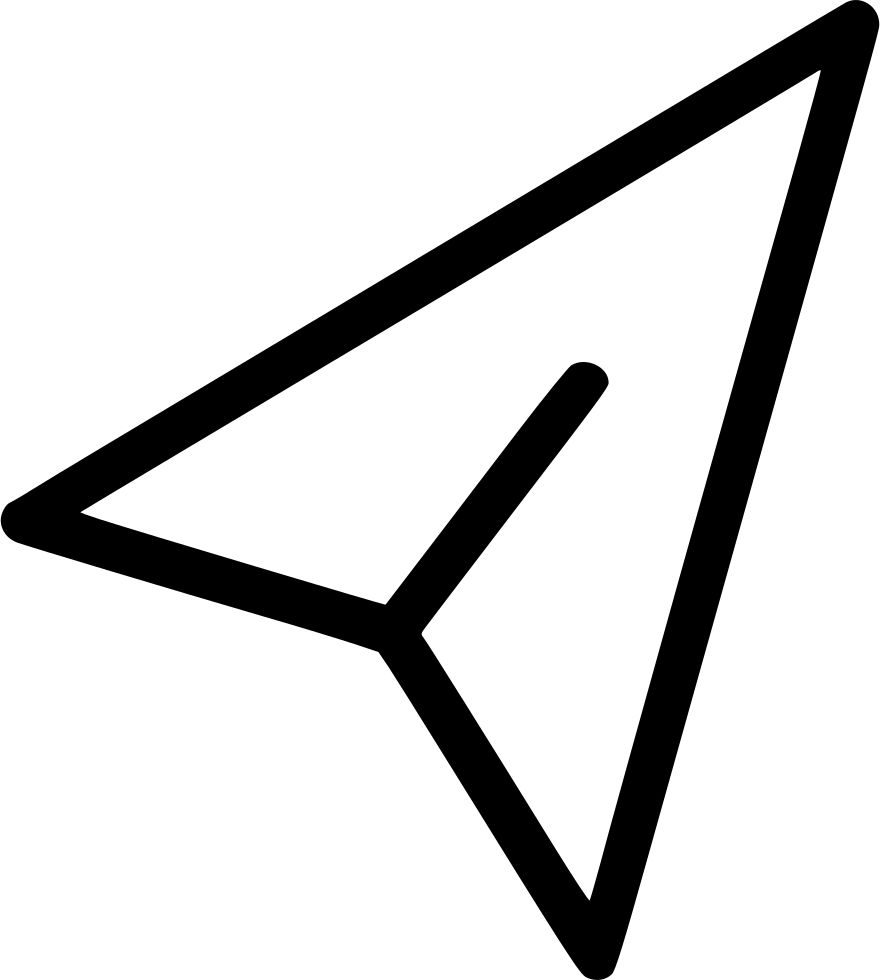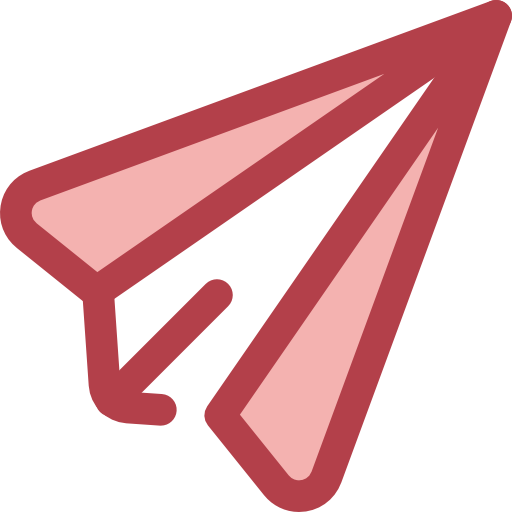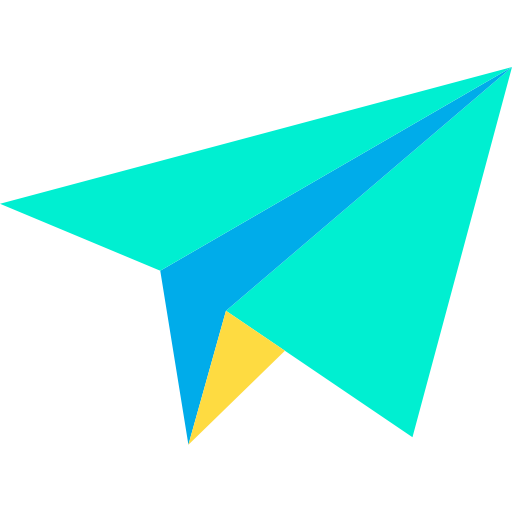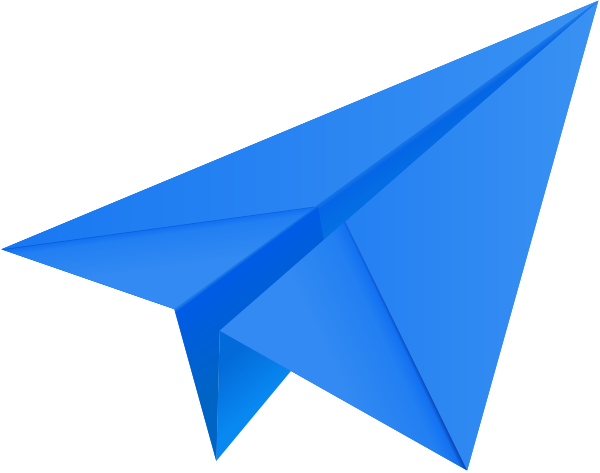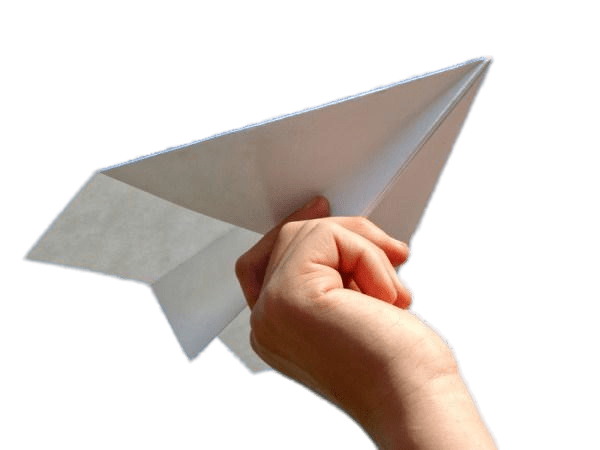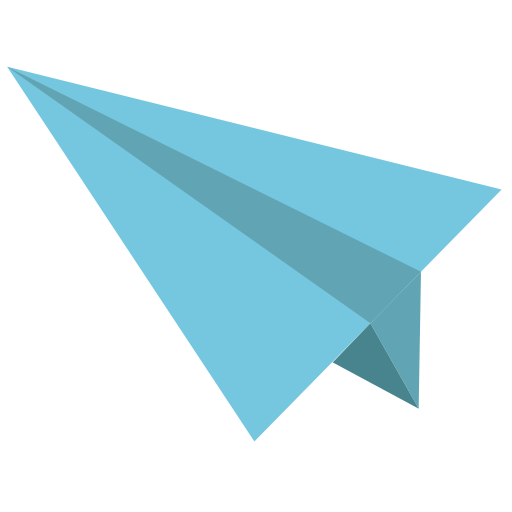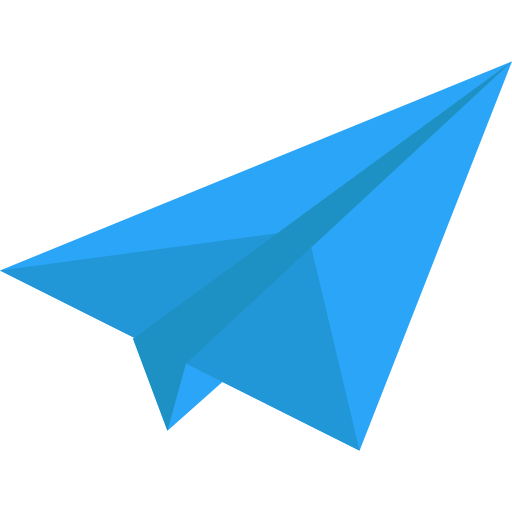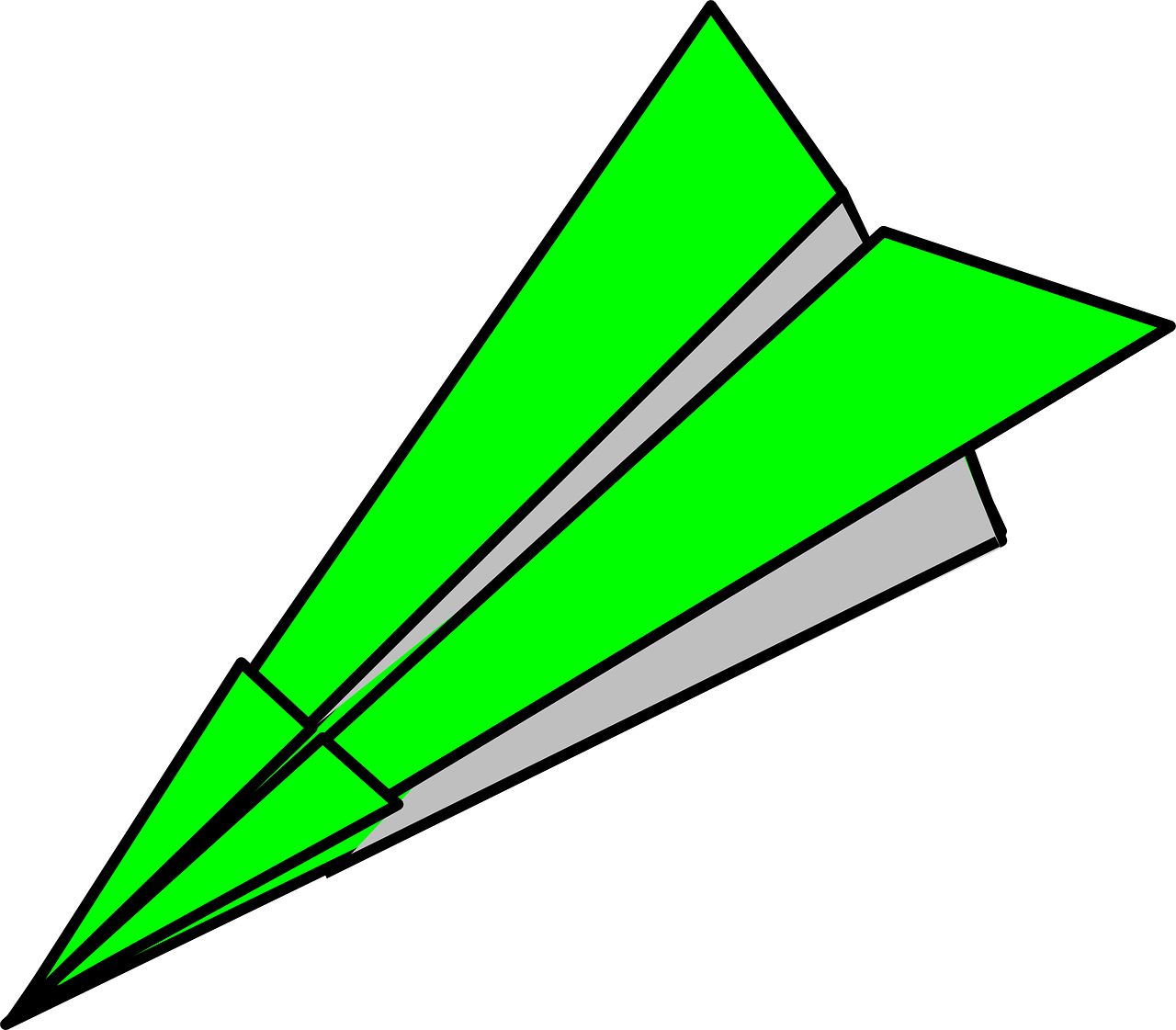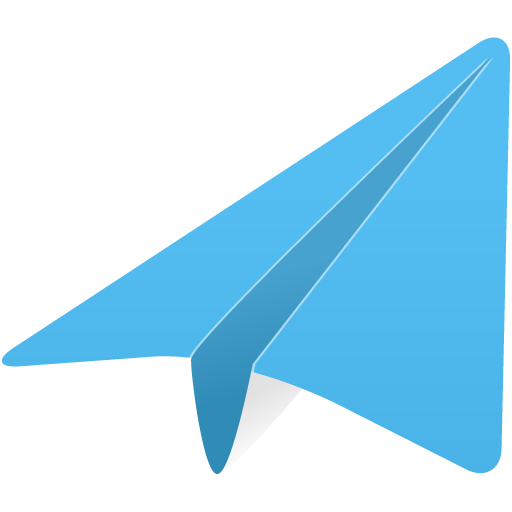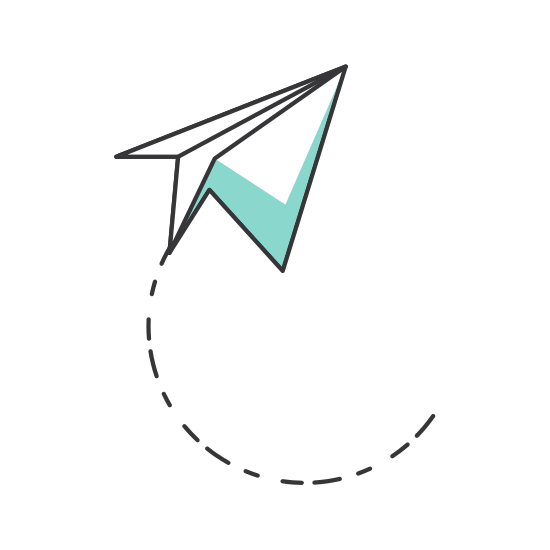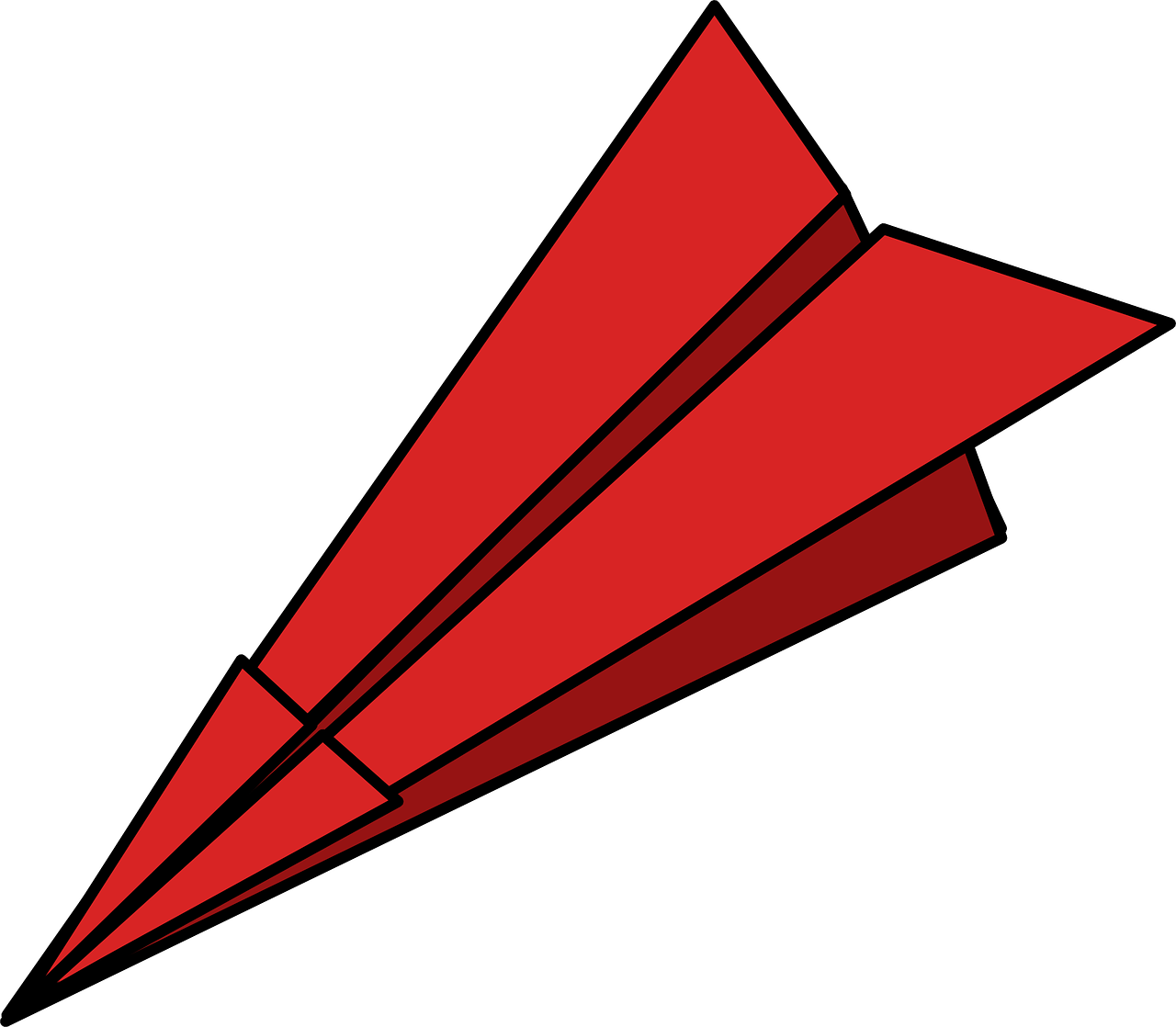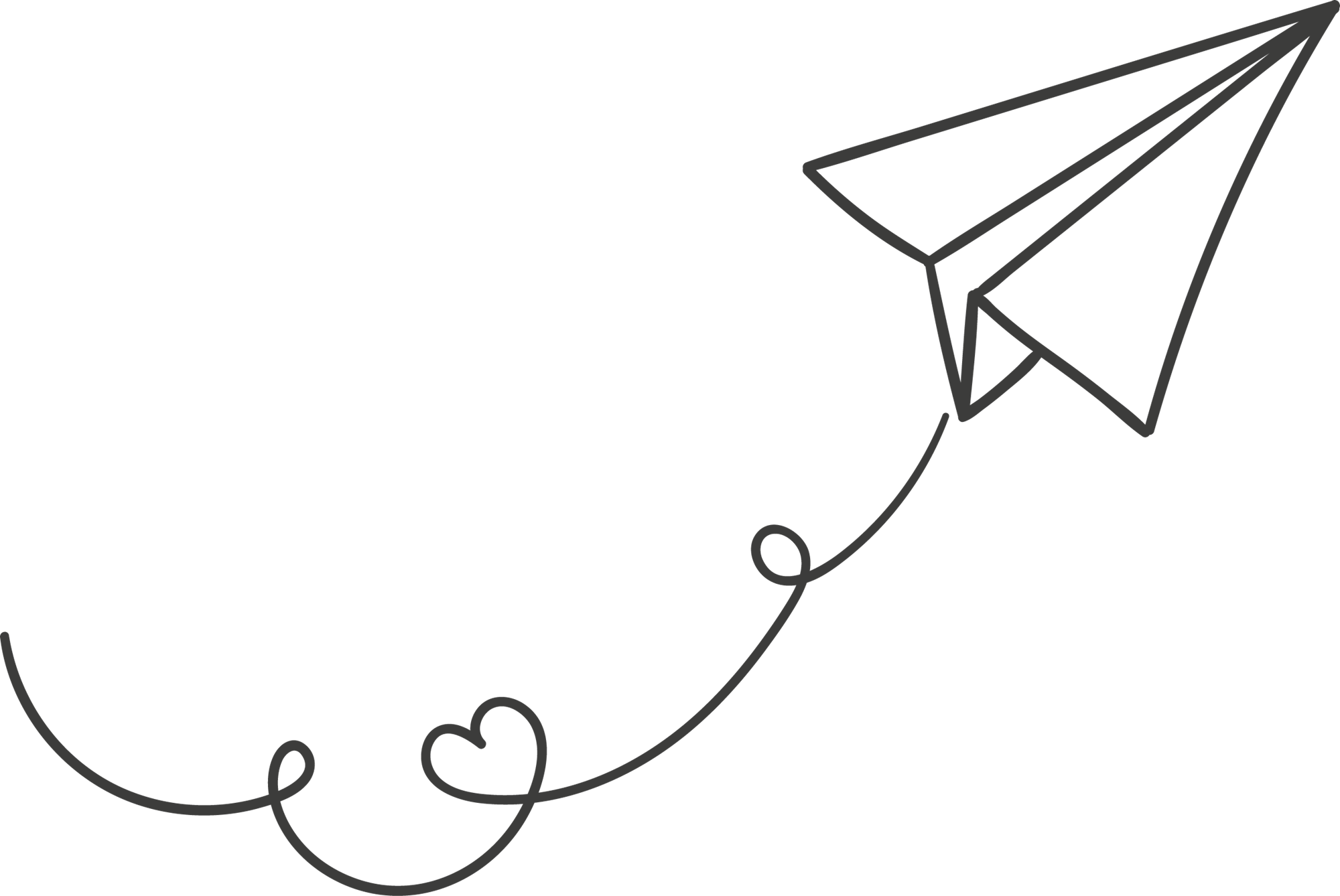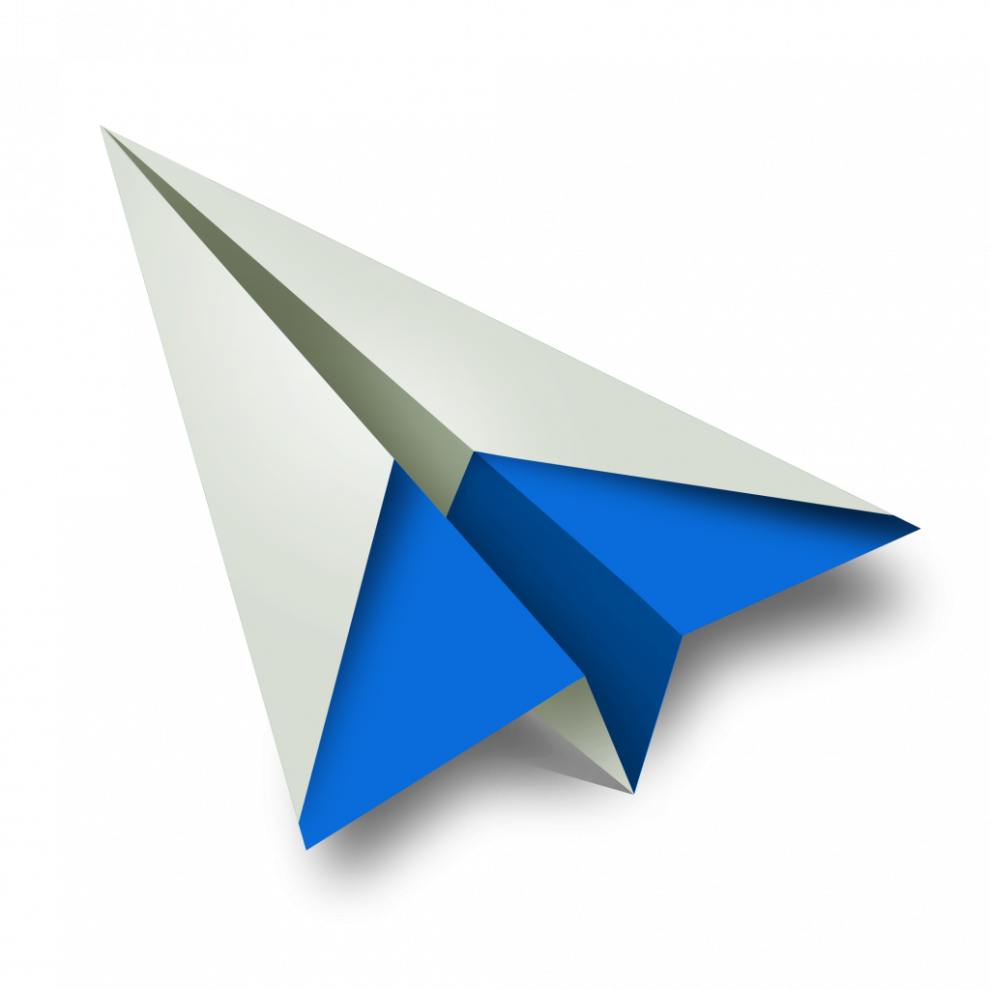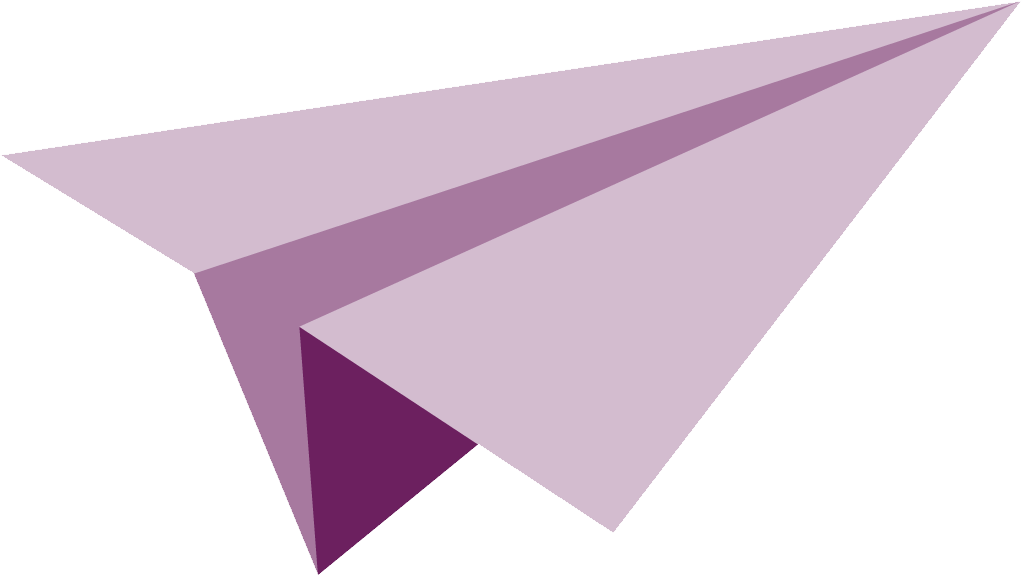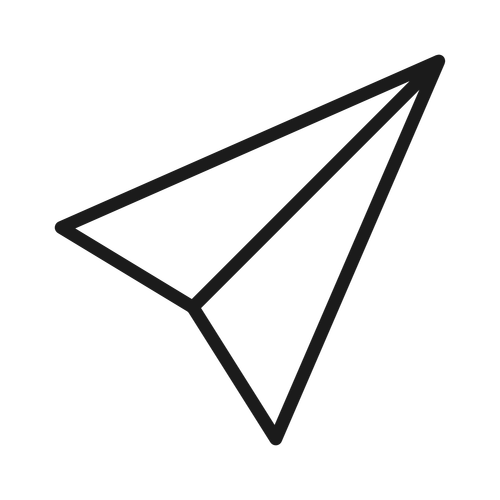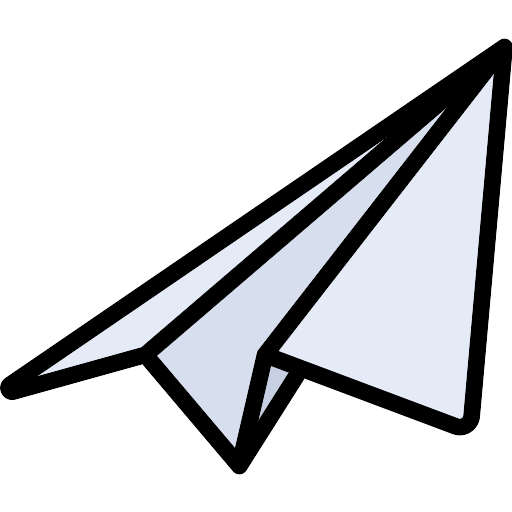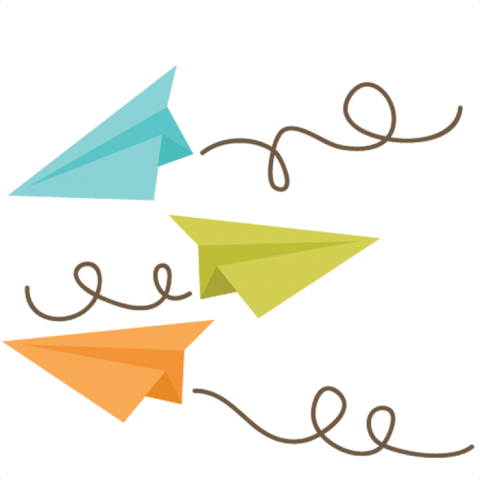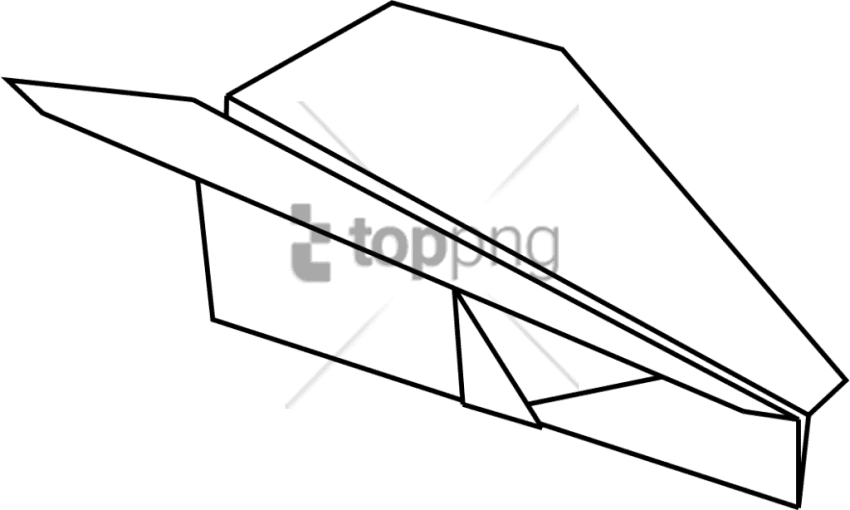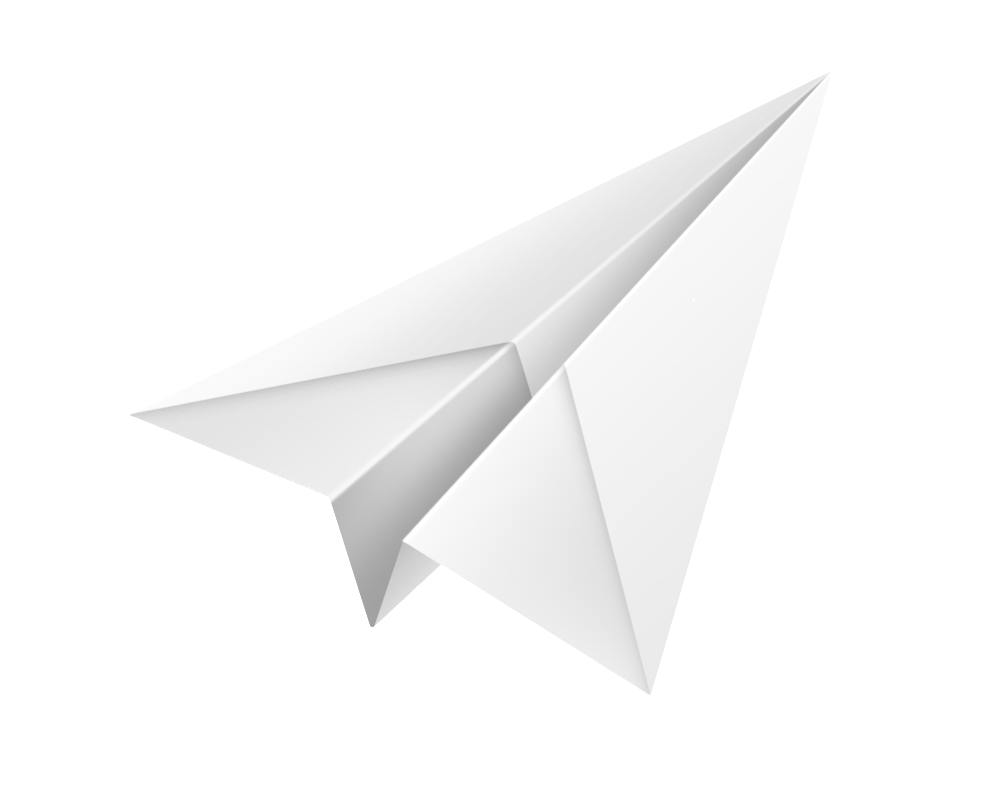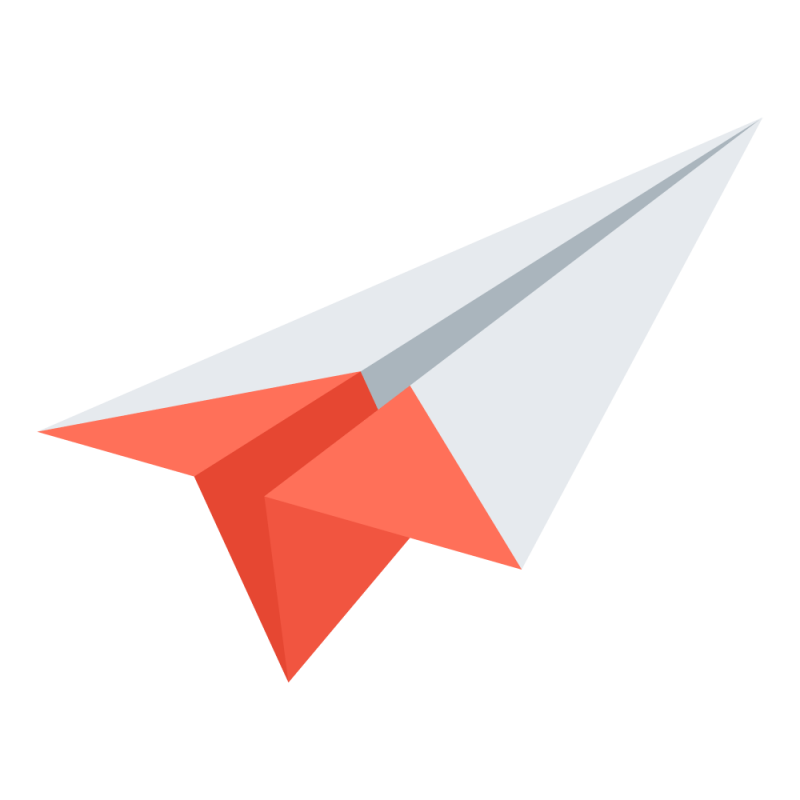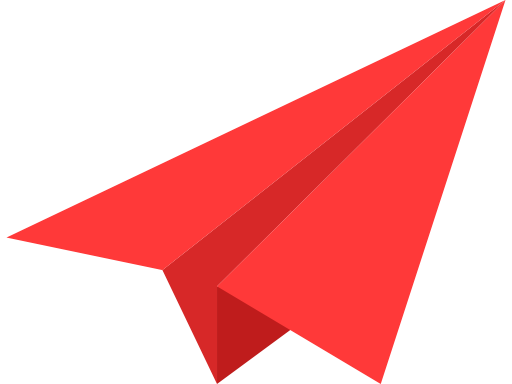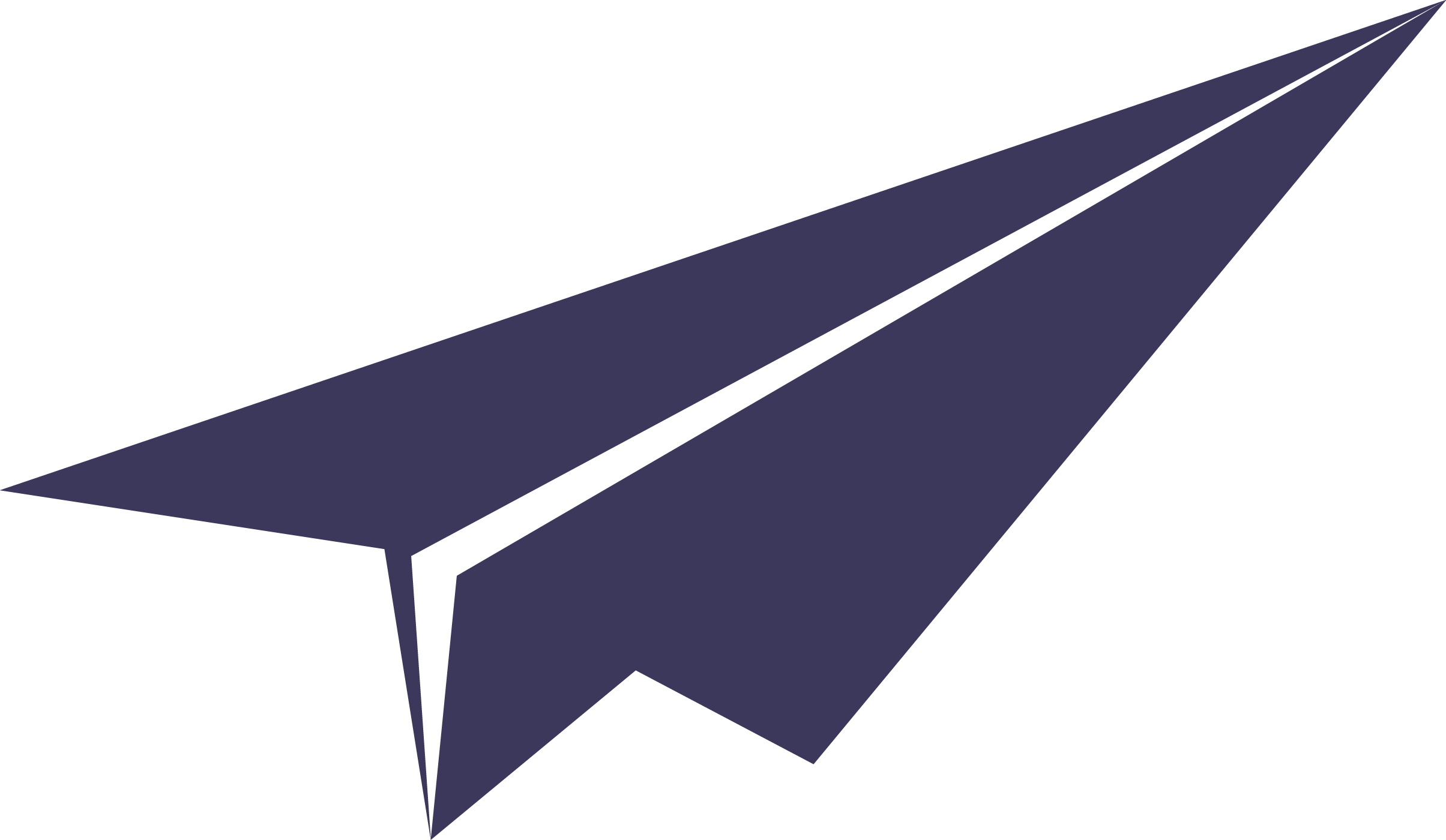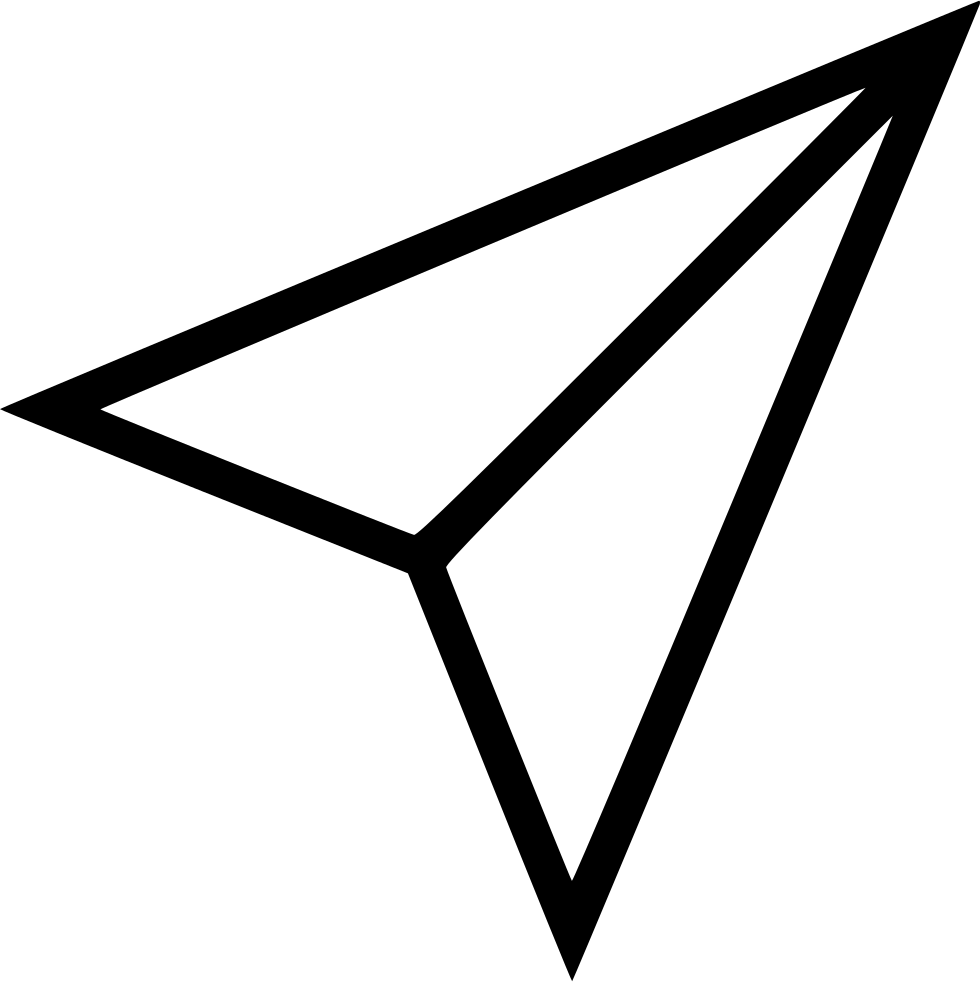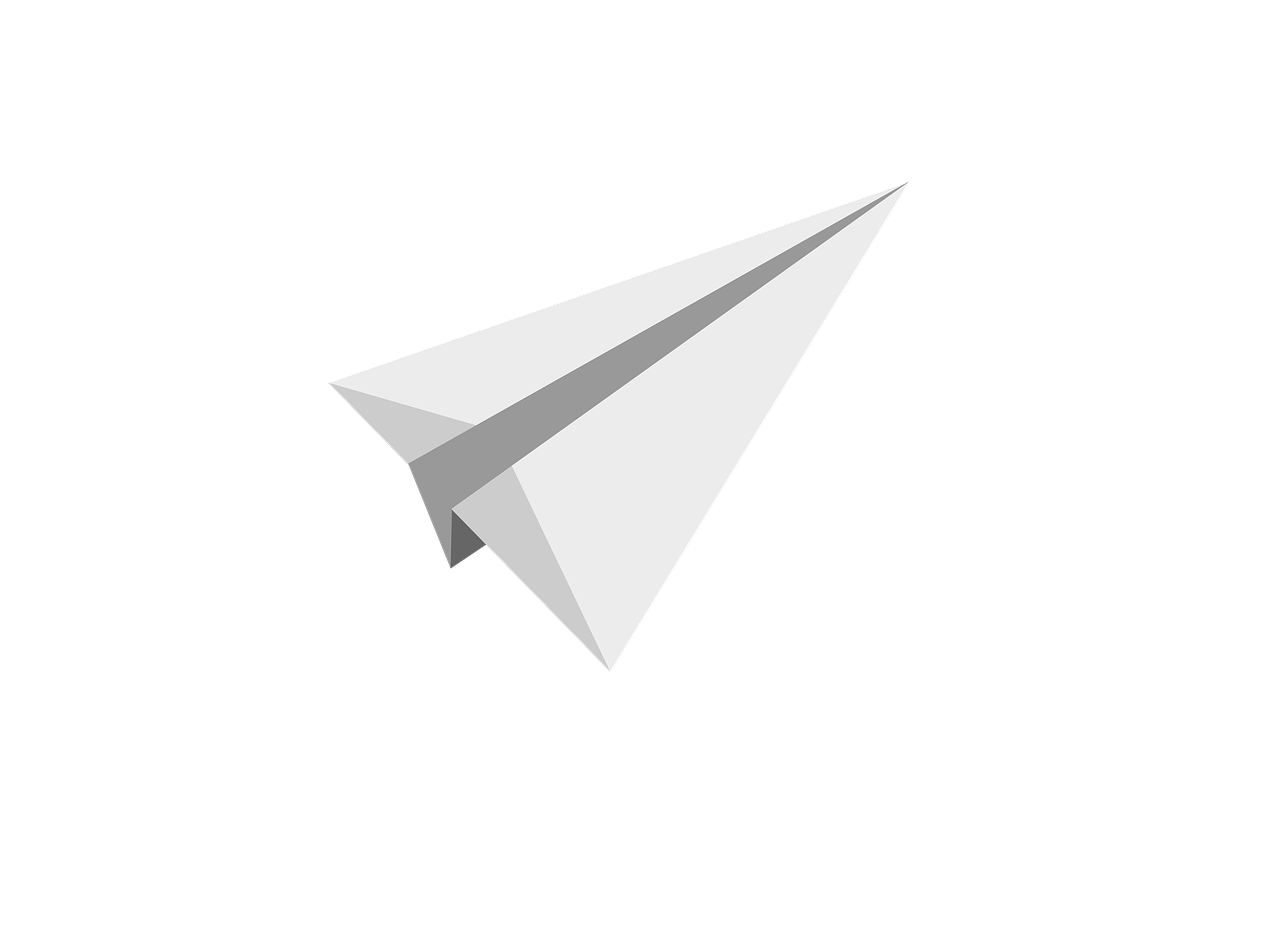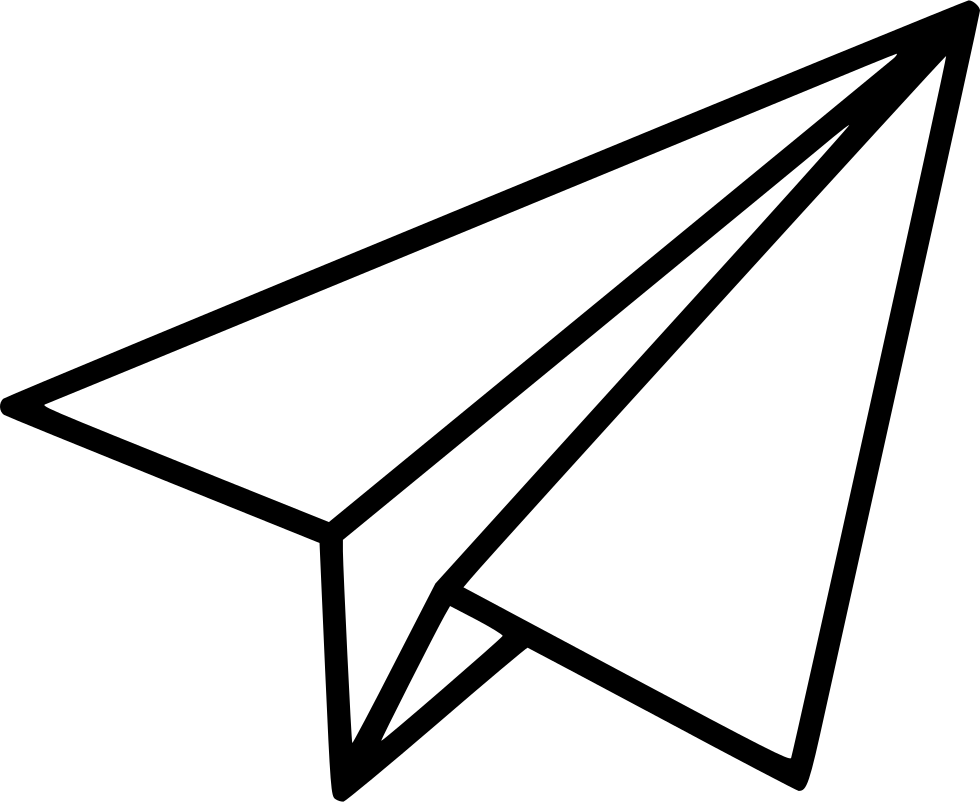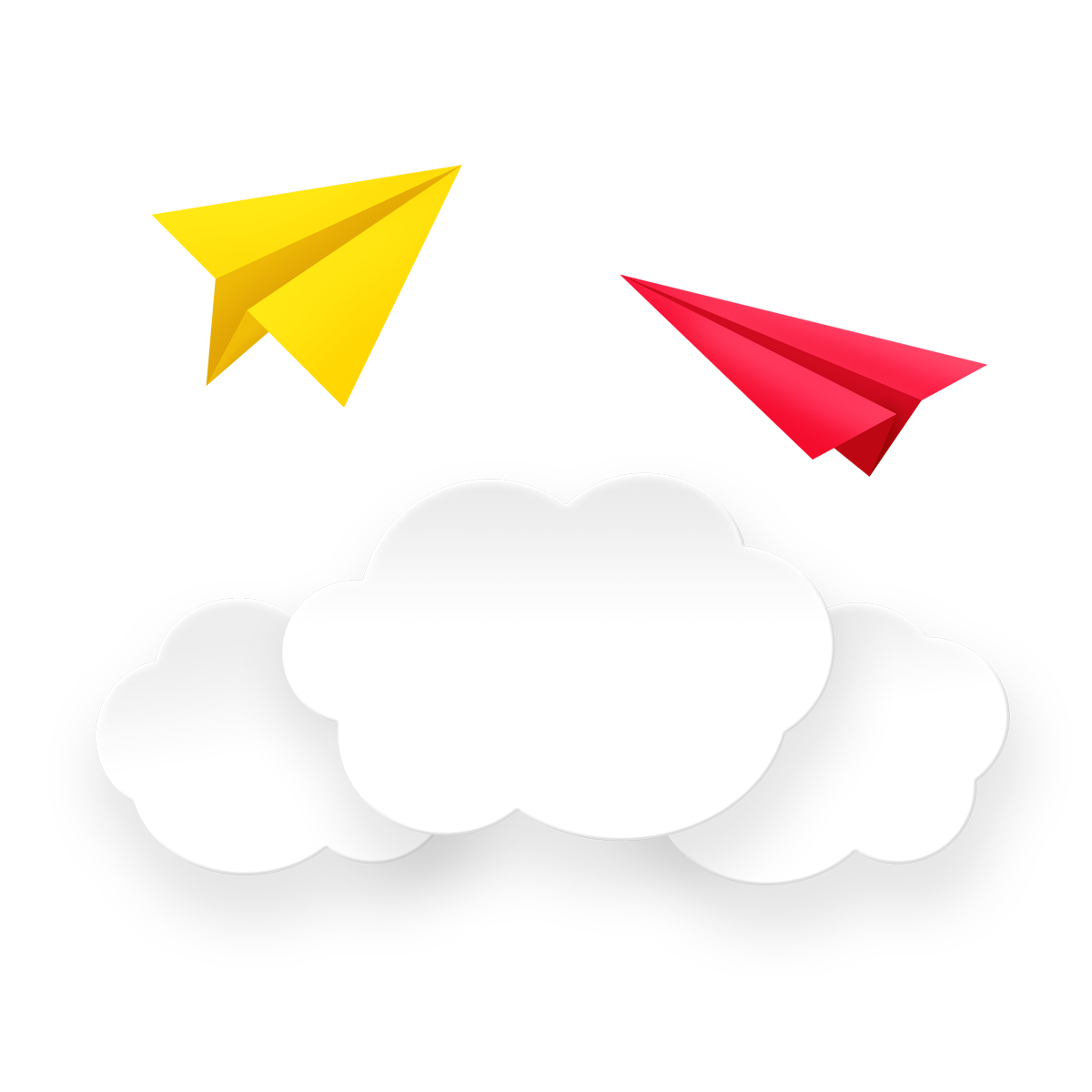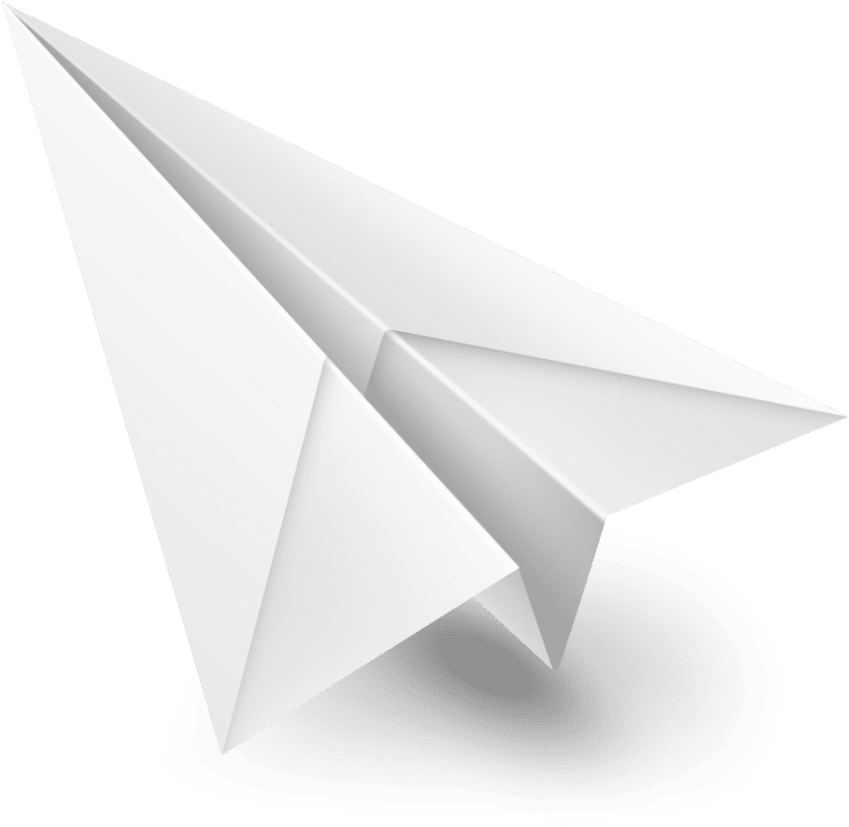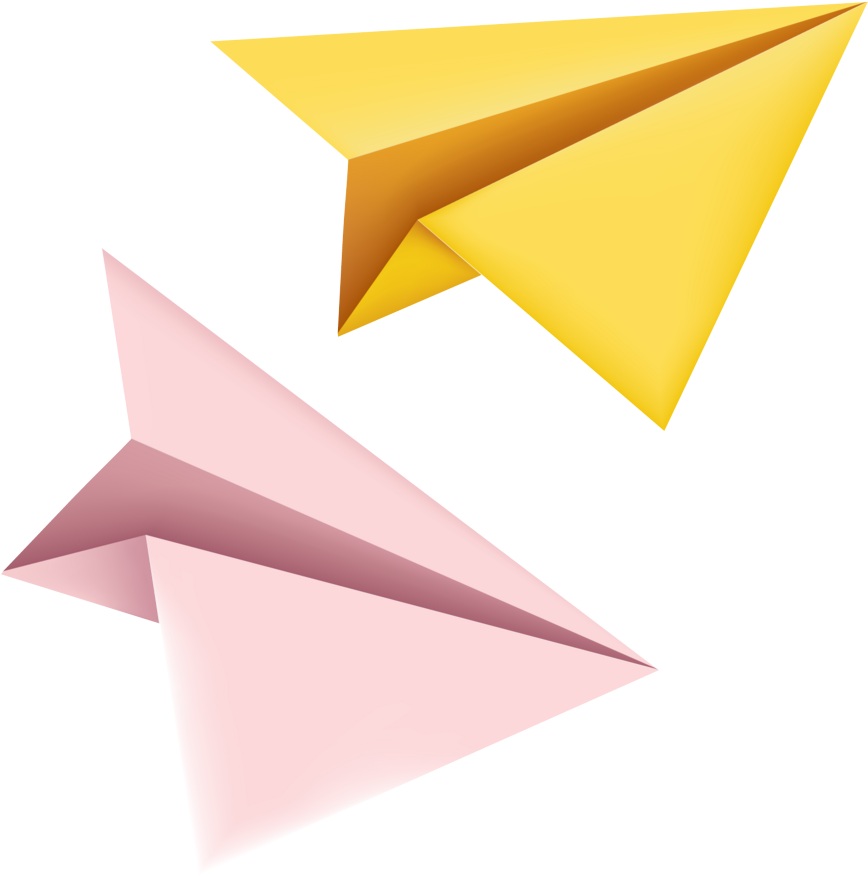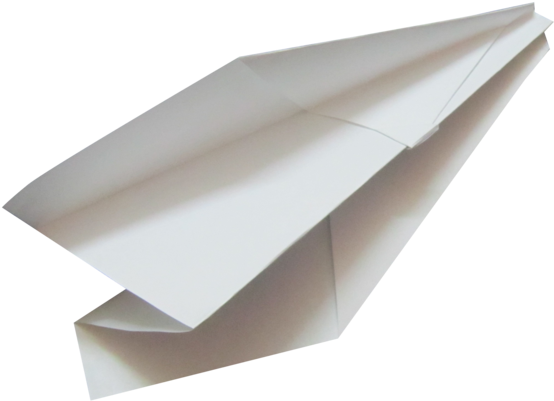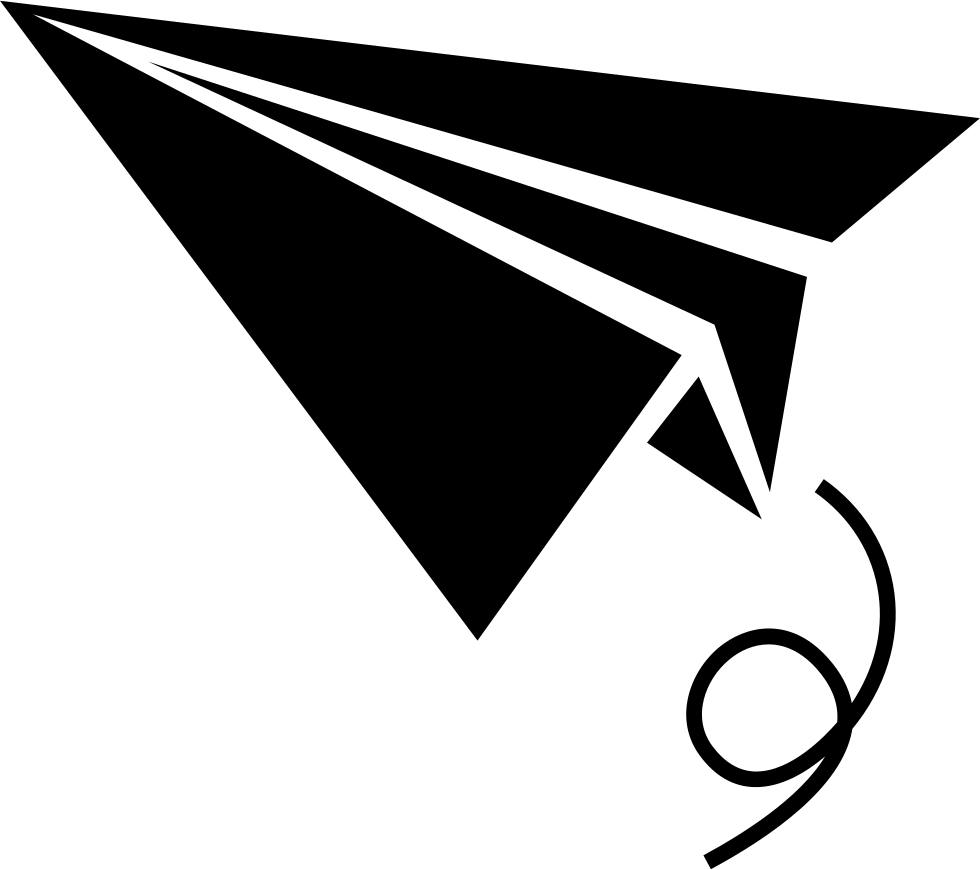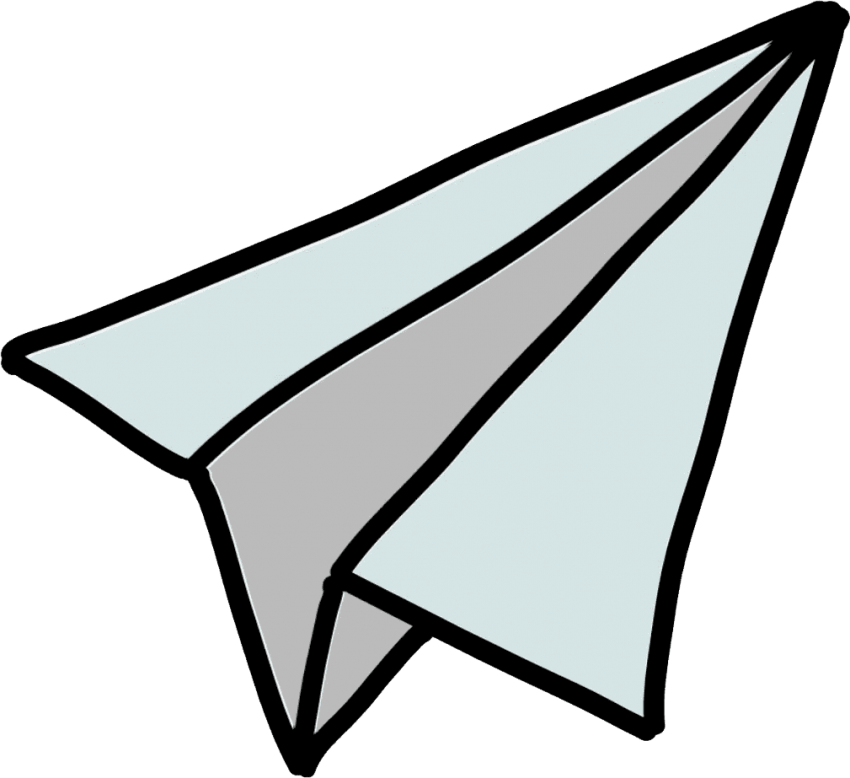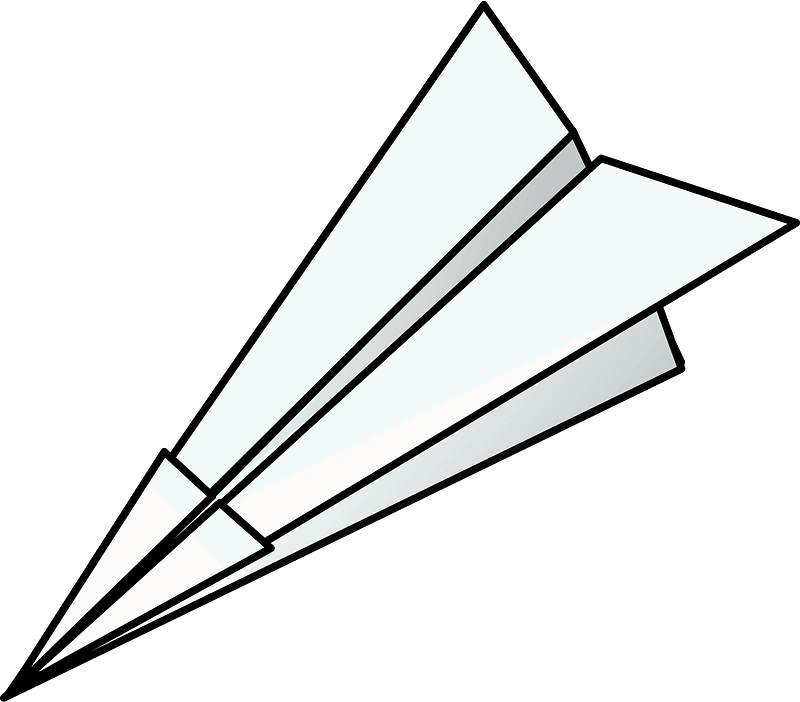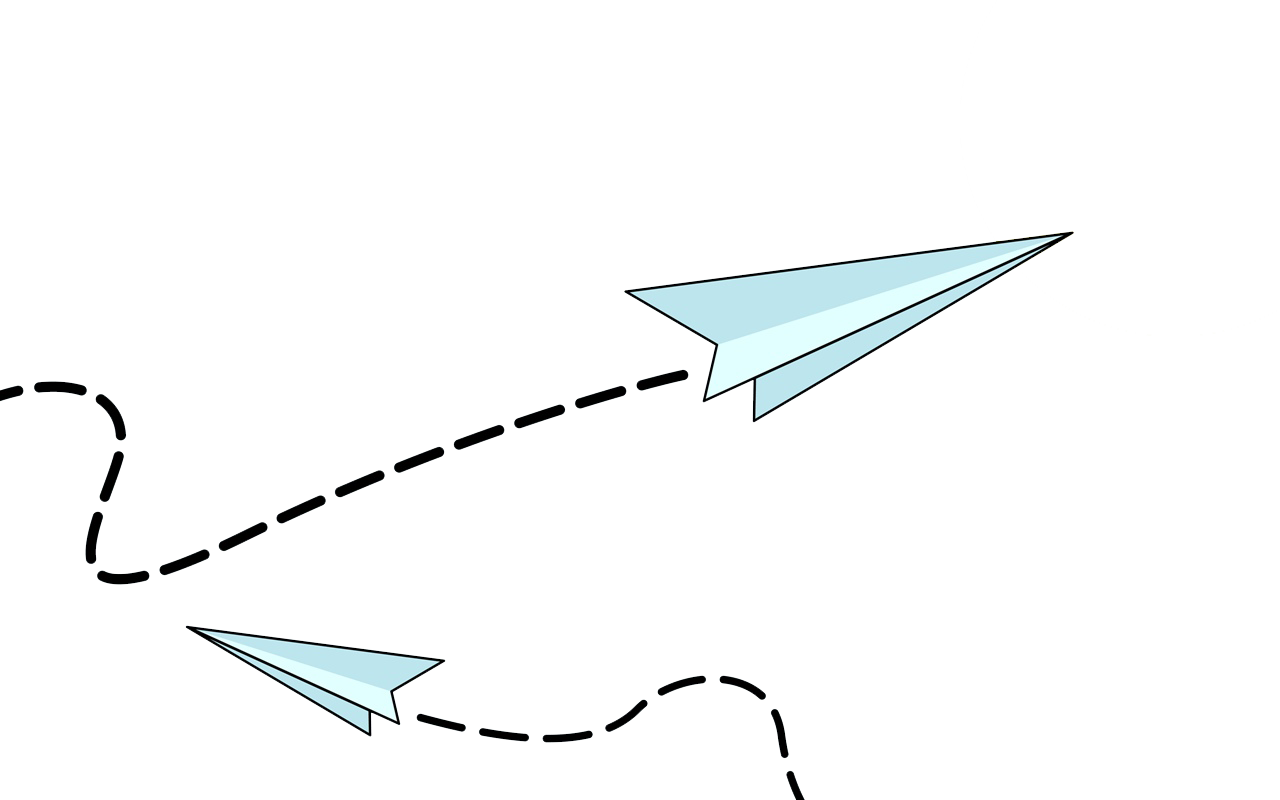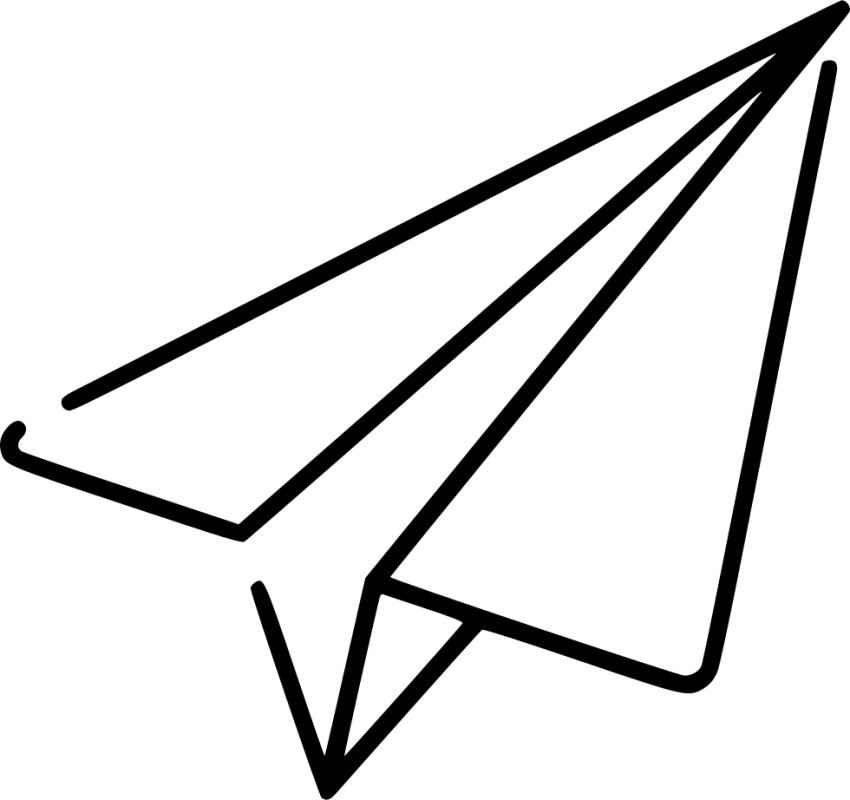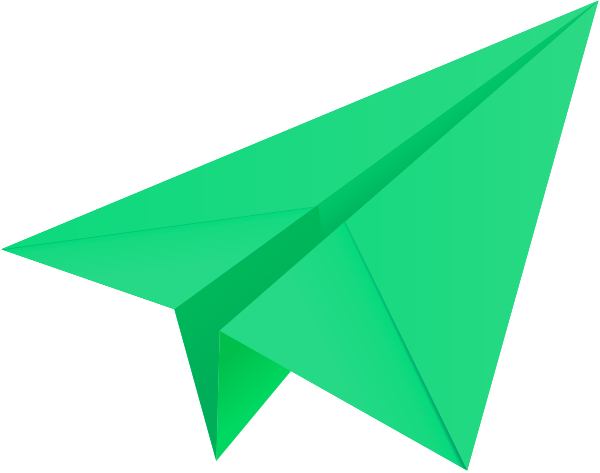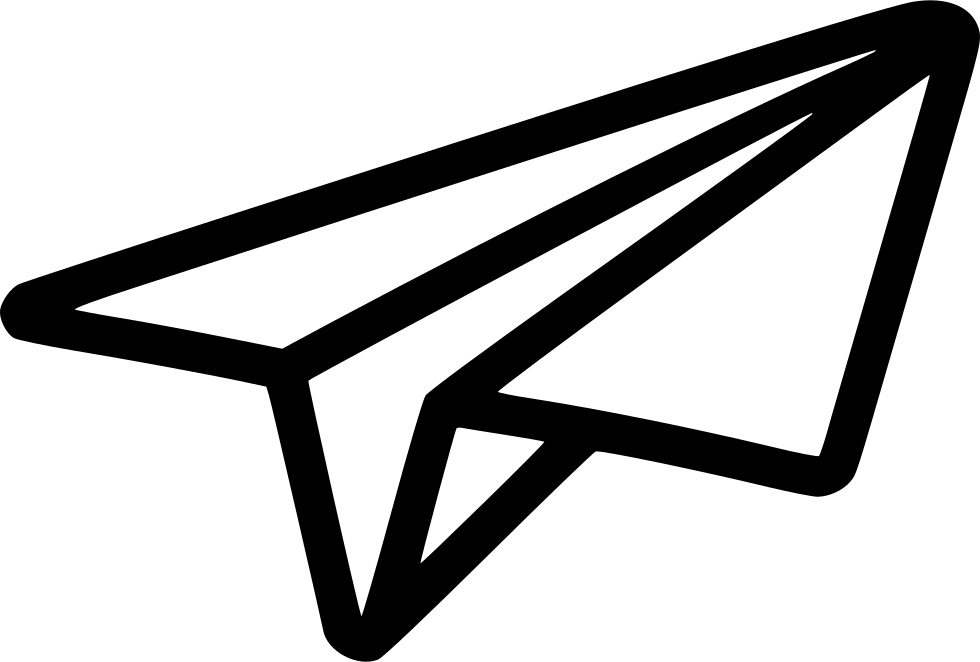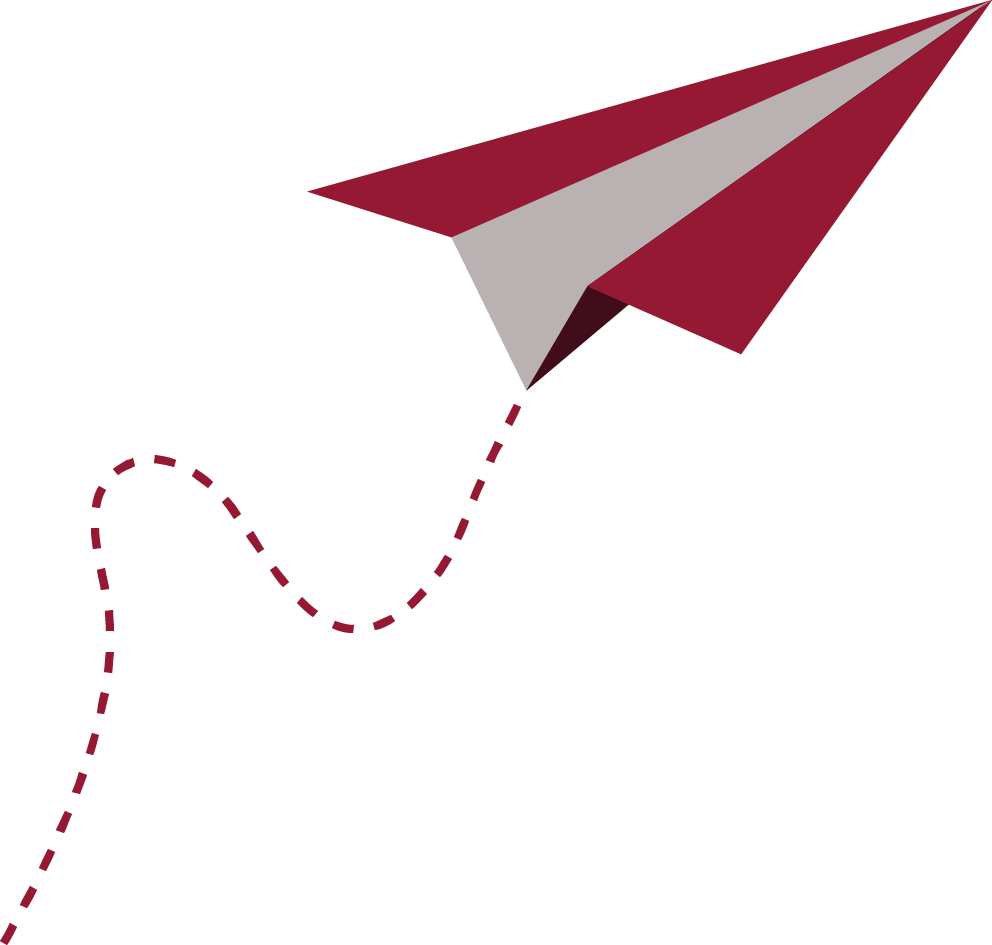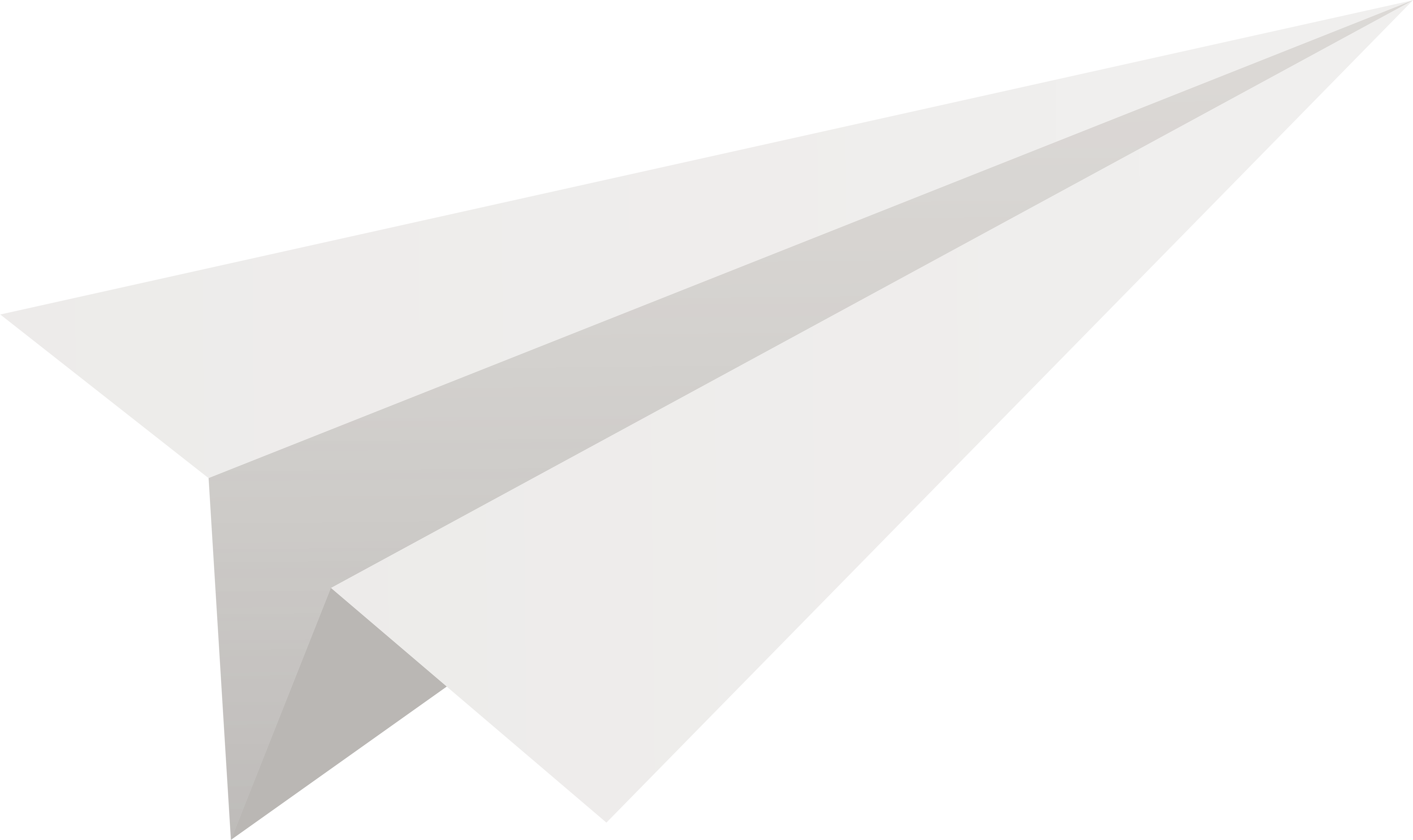Download top and best high-quality free Paper Plane PNG Transparent Images backgrounds available in various sizes. To view the full PNG size resolution click on any of the below image thumbnail.
License Info: Creative Commons 4.0 BY-NC
A paper plane is a toy aircraft built of a single folded sheet of paper or paperboard, commonly a glider. A paper dart is a basic nose-heavy paper aircraft that is thrown like a dart.
The origins of folded paper gliders are widely attributed to Ancient China, while there is evidence that refining and development of folded gliders occurred in Japan as well. Certainly, paper was manufactured on a large scale in China around 500 BCE, and origami and paper folding were popular within a century of this time, around 460-390 BCE. It’s hard to say where and how the first paper planes were made, or even what the first paper plane looked like.
Paper airplanes were the dominating man-made heavier-than-air craft for about a thousand years after that, with principles that could be easily understood but not extraordinary performance when gliding over long distances due to their high drag coefficients. To construct bigger machines, the forefathers of powered flight studied paper model airplanes. Leonardo described making a model plane out of parchment and using paper models to test some of his early ornithopter, or flapping-winged aircraft, and parachute designs. Following that, in the late 1800s, Sir George Cayley investigated the performance of paper gliders. Clément Ader, Prof. Charles Langley, and Alberto Santos-Dumont, for example, tested concepts with paper and balsa models to check (in scale) their theories before putting them into reality.
Many other designers have modified and extended the paper model throughout time, and it is now widely used as a key tool in aircraft design. In 1909, one of the first known modern paper planes was built (as in compound construction and many other aerodynamic advances).
Theodore von Kármán rejected Ludwig Prandtl’s building of a paper airplane at the International Union of Theoretical and Applied Mechanics banquet in 1924 as an artless exercise:
Prandtl was also a little rash. My sister, who sat next to him at the table, asked him a question on the physics of flying at a pretty elegant dinner gathering following a conference in Delft, Holland. He began to explain; in the process, he picked up a paper menu and fashioned a miniature model airplane, completely oblivious to the fact that he was in the middle of nowhere. My sister and others at the banquet were embarrassed when it landed on the French Minister of Education’s shirtfront.
Paper planes were used as test models for bigger aircraft by Jack Northrop (co-founder of Lockheed Corporation) in 1930. Designers at Heinkel and Junkers in Germany employed paper models to develop fundamental performance and structural forms in significant projects like the Heinkel 111 and Junkers 88 tactical bomber programs during the Great Depression.
Even while origami aircraft have gained many new and fascinating designs over the years, and have gained much in terms of flight performance, paper model aircraft have developed significant sophistication and extremely high flying performance far distant from their origami roots.
Download Paper Plane PNG images transparent gallery.
- Paper Plane Origami PNG HD Image
Resolution: 600 × 473
Size: 31 KB
Image Format: .png
Download
- Paper Plane Fly PNG Images
Resolution: 512 × 512
Size: 5 KB
Image Format: .png
Download
- Paper Plane Origami PNG Image HD
Resolution: 1025 × 339
Size: 35 KB
Image Format: .png
Download
- Paper Plane Airplane Transparent
Resolution: 850 × 671
Size: 192 KB
Image Format: .png
Download
- Paper Plane Origami No Background
Resolution: 981 × 900
Size: 14 KB
Image Format: .png
Download
- Paper Plane Origami PNG
Resolution: 1576 × 1576
Size: 35 KB
Image Format: .png
Download
- Paper Plane Origami PNG Pic
Resolution: 1063 × 1000
Size: 33 KB
Image Format: .png
Download
- Paper Plane Airplane PNG Clipart
Resolution: 512 × 512
Size: 19 KB
Image Format: .png
Download
- Paper Plane Airplane PNG Picture
Resolution: 504 × 231
Size: 11 KB
Image Format: .png
Download
- Paper Plane Fly PNG Photos
Resolution: 600 × 473
Size: 44 KB
Image Format: .png
Download
- Paper Plane Airplane PNG HD Image
Resolution: 512 × 512
Size: 9 KB
Image Format: .png
Download
- Paper Plane
Resolution: 512 × 512
Size: 71 KB
Image Format: .png
Download
- Paper Plane Fly Transparent
Resolution: 512 × 512
Size: 34 KB
Image Format: .png
Download
- Paper Plane Fly PNG Clipart
Resolution: 600 × 600
Size: 13 KB
Image Format: .png
Download
- Paper Plane Fly PNG Picture
Resolution: 1776 × 581
Size: 17 KB
Image Format: .png
Download
- Paper Plane Fly PNG HD Image
Resolution: 880 × 980
Size: 28 KB
Image Format: .png
Download
- Paper Plane Airplane PNG Image HD
Resolution: 512 × 512
Size: 21 KB
Image Format: .png
Download
- Paper Plane Airplane No Background
Resolution: 512 × 512
Size: 17 KB
Image Format: .png
Download
- Paper Plane Airplane PNG
Resolution: 600 × 473
Size: 47 KB
Image Format: .png
Download
- Paper Plane Origami PNG File
Resolution: 600 × 450
Size: 47 KB
Image Format: .png
Download
- Paper Plane PNG HD Image
Resolution: 512 × 512
Size: 12 KB
Image Format: .png
Download
- Paper Plane PNG Image HD
Resolution: 512 × 512
Size: 13 KB
Image Format: .png
Download
- Paper Plane No Background
Resolution: 512 × 512
Size: 5 KB
Image Format: .png
Download
- Paper Plane PNG Images HD
Resolution: 850 × 758
Size: 209 KB
Image Format: .png
Download
- Paper Plane PNG Free Image
Resolution: 2399 × 1313
Size: 116 KB
Image Format: .png
Download
- Paper Plane PNG Image File
Resolution: 1280 × 1121
Size: 121 KB
Image Format: .png
Download
- Paper Plane Airplane PNG Pic
Resolution: 512 × 512
Size: 15 KB
Image Format: .png
Download
- Paper Plane Airplane PNG File
Resolution: 550 × 550
Size: 21 KB
Image Format: .png
Download
- Paper Plane Origami PNG Image
Resolution: 1280 × 1118
Size: 110 KB
Image Format: .png
Download
- Paper Plane Origami PNG Photo
Resolution: 2000 × 1338
Size: 145 KB
Image Format: .png
Download
- Paper Plane PNG Pic
Resolution: 512 × 512
Size: 18 KB
Image Format: .png
Download
- Paper Plane Airplane PNG Image
Resolution: 990 × 990
Size: 477 KB
Image Format: .png
Download
- Paper Plane PNG File
Resolution: 1022 × 575
Size: 7 KB
Image Format: .png
Download
- Paper Plane PNG Image
Resolution: 500 × 500
Size: 31 KB
Image Format: .png
Download
- Paper Plane PNG Photo
Resolution: 512 × 512
Size: 25 KB
Image Format: .png
Download
- Paper Plane PNG Cutout
Resolution: 480 × 480
Size: 57 KB
Image Format: .png
Download
- Paper Plane Fly PNG Image HD
Resolution: 850 × 510
Size: 55 KB
Image Format: .png
Download
- Paper Plane Fly No Background
Resolution: 1000 × 800
Size: 54 KB
Image Format: .png
Download
- Paper Plane Fly PNG
Resolution: 800 × 800
Size: 37 KB
Image Format: .png
Download
- Paper Plane Fly PNG Pic
Resolution: 512 × 384
Size: 19 KB
Image Format: .png
Download
- Paper Plane Fly PNG File
Resolution: 680 × 340
Size: 15 KB
Image Format: .png
Download
- Paper Plane Airplane PNG Photo
Resolution: 2409 × 1400
Size: 54 KB
Image Format: .png
Download
- Paper Plane Airplane PNG Cutout
Resolution: 512 × 512
Size: 26 KB
Image Format: .png
Download
- Paper Plane Fly PNG Image
Resolution: 980 × 982
Size: 21 KB
Image Format: .png
Download
- Paper Plane Fly PNG Photo
Resolution: 886 × 932
Size: 23 KB
Image Format: .png
Download
- Paper Plane PNG Images
Resolution: 1280 × 929
Size: 28 KB
Image Format: .png
Download
- Paper Plane Fly PNG Cutout
Resolution: 980 × 802
Size: 69 KB
Image Format: .png
Download
- Paper Plane PNG Photos
Resolution: 1200 × 1200
Size: 28 KB
Image Format: .png
Download
- Paper Plane Origami PNG Cutout
Resolution: 1200 × 1200
Size: 189 KB
Image Format: .png
Download
- Paper Plane Transparent
Resolution: 2000 × 2000
Size: 50 KB
Image Format: .png
Download
- Paper Plane Origami
Resolution: 849 × 827
Size: 204 KB
Image Format: .png
Download
- Paper Plane PNG
Resolution: 868 × 876
Size: 148 KB
Image Format: .png
Download
- Paper Plane PNG Clipart
Resolution: 554 × 401
Size: 195 KB
Image Format: .png
Download
- Paper Plane Origami PNG Images
Resolution: 980 × 870
Size: 55 KB
Image Format: .png
Download
- Paper Plane Airplane
Resolution: 850 × 778
Size: 244 KB
Image Format: .png
Download
- Paper Plane Fly
Resolution: 800 × 702
Size: 20 KB
Image Format: .png
Download
- Paper Plane Origami PNG Photos
Resolution: 665 × 665
Size: 157 KB
Image Format: .png
Download
- Paper Plane PNG Picture
Resolution: 1280 × 800
Size: 106 KB
Image Format: .png
Download
- Paper Plane Airplane PNG Images
Resolution: 850 × 800
Size: 89 KB
Image Format: .png
Download
- Paper Plane Origami Transparent
Resolution: 600 × 473
Size: 43 KB
Image Format: .png
Download
- Paper Plane Origami PNG Clipart
Resolution: 980 × 662
Size: 54 KB
Image Format: .png
Download
- Paper Plane Origami PNG Picture
Resolution: 992 × 945
Size: 19 KB
Image Format: .png
Download
- Paper Plane Airplane PNG Photos
Resolution: 7704 × 4580
Size: 510 KB
Image Format: .png
Download
